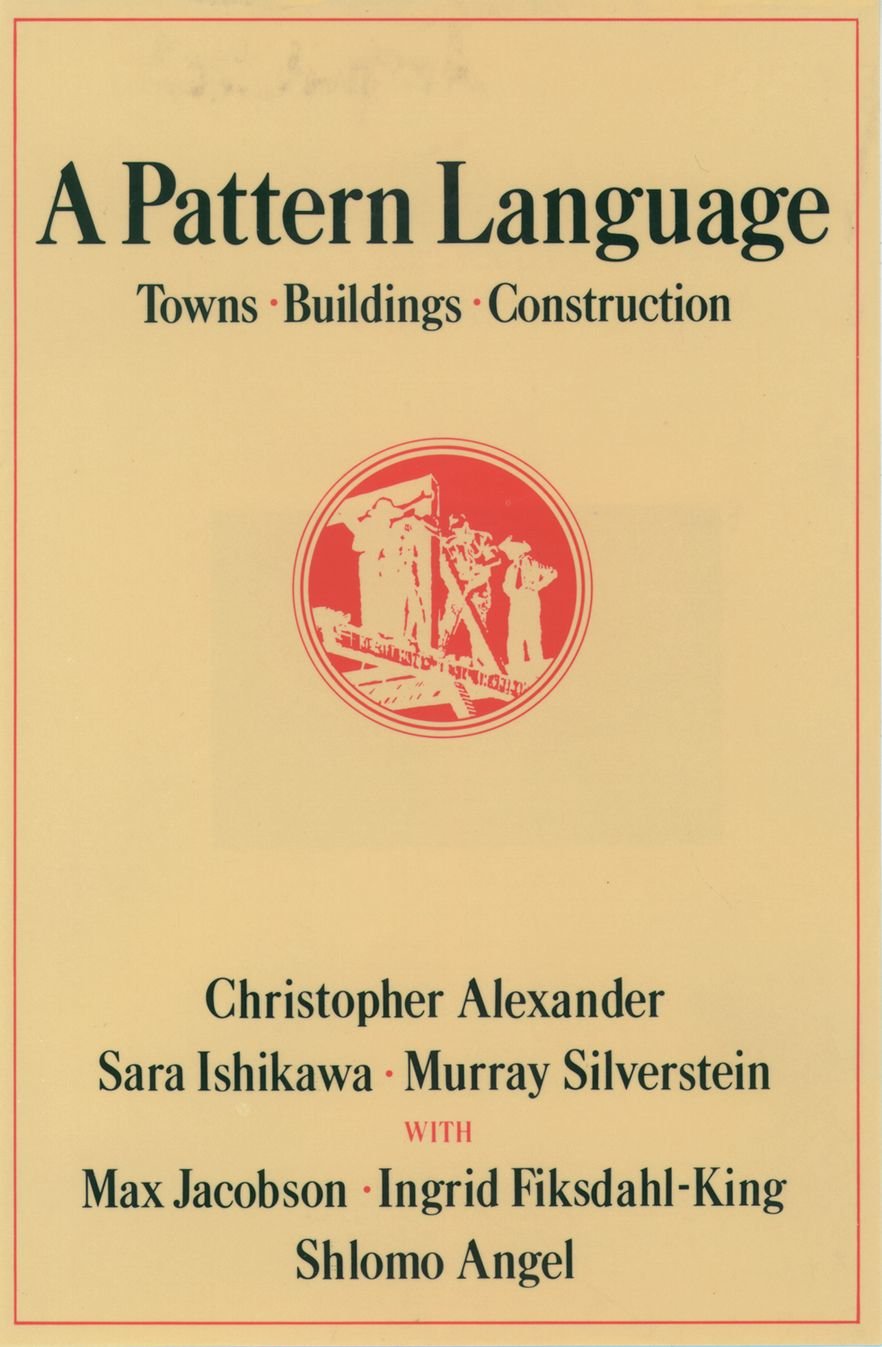
When urban theorists speak of “reading” the city, they usually leave the mechanics of the act to the reader’s imagination. In 1977, Christopher Alexander launched himself high into the urbanist canon by taking the opposite approach, creating with his team at Berkeley’s Center for Environmental Structure a set of verbal tools to make legible, discuss, and evaluate the city, broadly defined, as rigorously as they could without losing sight of human values. The result was A Pattern Language, a 1,171-page dissection of the entire built environment into its recurring components — or quasi-grammatical “patterns” — from “independent region,” “ring road,” and “promenade” down to “house cluster,” “sitting circle,” and “marriage bed.” The project is both descriptive and prescriptive: by the time Alexander declares that “bedrooms make no sense” on page 869, such a sweeping charge hardly comes as a surprise, nor does the analytical-romantic justification that follows.
A Pattern Language first appeared in the long post-hippie moment of the 1970s, which saw many a former seeker, high-profile and low, turn toward more practical concerns. The book’s synthesis of both the pre- and post-60s mindsets turned Alexander in particular, as architect-critic Witold Rybczynski puts it, into “something of a guru in the youthful Whole Earth Catalog-influenced counterculture.” Whatever value the era placed on the intersection of the visionary and the pragmatic, it wasn’t a golden age for major cities, especially in places long subject to anti-urban impulses such as Britain and America. Alexander cites a Gallup poll indicating that a mere 13 percent of the U.S. population then wished to live in a city, as against 32 percent who voiced a preference for a small town. (A startling 23 percent of the respondents dreamt of a life on the farm.)
Read the whole this at Substack.